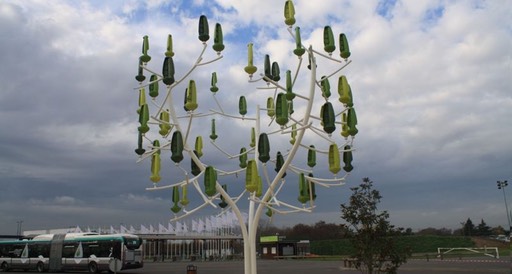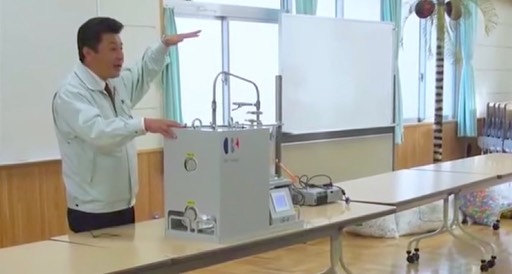In recent times, 3D printing technology has made some great strides in its production content and quality, and now it has successfully printed the world’s first liveable house in Stupino, Russia.
Responsible for this feat are San Francisco 3D printing startup Apis Cor, and Russian real estate developer PIK, who began the project in December of last year.
“Now we can say with confidence that with Apis Cor solution, the construction 3D printing has leaped to a new evolutionary stage,” said the project team.
“The company and its partners are confident that the house in Stupino was the first step that can convince the world that 3D technology in the construction market is a reality.”
The house was constructed using a combined mobile 3D printer and automatic mix and supply unit, developed specifically by Apis Cor. With a form similar to that of a tower crane, the printer was able to construct the building from both the inside and outside, incredibly completing the entirety of the load-bearing walls, partitions and building envelope in a single day.
According to the team, the unique design of the residential structure “was selected specifically, as one of the main purposes of this construction is to demonstrate the flexibility of equipment and diversity of available forms.”
With an area of 38 square meters, the innovative house comes…
complete with a hall, a bathroom, a living room and a small kitchen. In addition to this, the rooms are equipped with modern appliances courtesy of Samsung, one of five collaborators on the project.
While the roof is built flat, it is able to endure snow load requirements with the use of polymer membrane patches, joined using hot air.
Complicating the process was the project’s timing; it was undertaken during the peak Russian winter, despite the fact that the printer’s concrete mix is only able to form at temperatures above 5°C. However, the equipment itself can function to temperatures of -35°C, allowing the house to be printed within the confines of an insulated tent. With geopolymers, however, houses will soon be able to be printed all year round.
3D-Printed House (Built in about 24 Hours With an approximate cost of $10,134)
Finishes, windows and insulation were installed and applied after the printing of the core structure, provided by third party suppliers.
The printing process is flexible enough to allow for the various installations and fittings, adapting to required shapes.
One of the most notable aspects of the project is its cost-effectiveness, with construction costs totalling $10,134 or approximately $275 per square metre.
These numbers account for the entire scope of work and materials required to erect a house, including the foundation, roof, exterior and interior finishes, and insulation.
According to the company, the 3D printing process results in savings of up to 70%, in comparison with traditional building techniques, such as the block method.
“As you can see, with the advent of new technology, construction 3D printing is changing the view and approach to the construction of low-rise buildings and provides new opportunities to implement custom architectural solutions,” said Apis Cor.
See here for more on the specific materials and products used in the construction of the house, and all the partners involved in the project.
Below we feature a video provided by the Apis Cor explaining how their innovative 3D-printing system works and the potential benefits it could bring to our housing market. Watch the video, leave your comments in the section below and share this article with your friends on social media.

